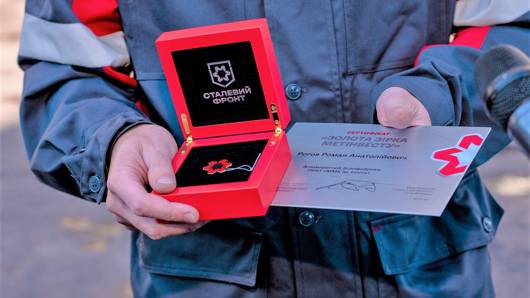When something seems impossible, remember the Ukrainian scientist Maryna Viazovska. After all, it was she who solved the mathematical problem in two years that scientists around the world have fought for almost four centuries. The mathematician was awarded the Fields Medal for the outstanding achievement.
A frail lady with a chestnut plait of hair is smiling discreetly in the frame. She is holding in her hands the most desirable reward for mathematicians around the world. For Maryna Viazovska, this is a significant event, because she is the second woman in the entire history of the Fields Medal and the first Ukrainian to win this prize.
About the Fields Medal

The Fields Medal is the most prestigious award in mathematics. It is often compared to the Nobel Prize. The prize for a significant contribution to science is awarded to two, three, or four mathematicians under 40 years of age. The event takes place at the International Congress of the International Mathematical Union every four years. Canadian scientist John Charles Fields founded the award. The gold medal of the Fields Laureate depicts Archimedes and the inscription: "To surpass one's understanding and master the world", on the reverse - "Mathematicians gathered from the entire world have awarded this prize for outstanding writings".
The Fields Medal was first awarded in 1936, and the first woman won the award only in 2014. Then the Iranian mathematician Maryam Mirzakhani became the laureate. Maryna Viazovska became the second woman to receive this award.
The amount of monetary reward for the winners of the Fields Medal is 15,000 Canadian dollars (approximately 412 thousand hryvnias). By the way, this is significantly less than Nobel payments, where laureates receive 900 thousand US dollars.
"I liked algebra and geometry lessons because you can check everything yourself there"
Viazovska's parents are from a dynasty of chemists. However, as a child, Maryna was interested in mathematics. The family supported her interest: grandfather often worked with his granddaughter, helping her learn exact sciences. The younger sisters of the mathematician said that late at night, when everyone went to bed, Maryna wrote formulas in a notebook. And mom and dad even worried that their eldest daughter was studying too much instead of playing like other children.
Viazovska attended a specialized lyceum, where she was inspired by mathematics and physics classes. There were special teachers who passionately explained complex concepts and encouraged students to compete. It was there that she got deeper into the world of the Olympiads, which she really liked. It was to be expected that such a serious passion for mathematics grew into a profession.

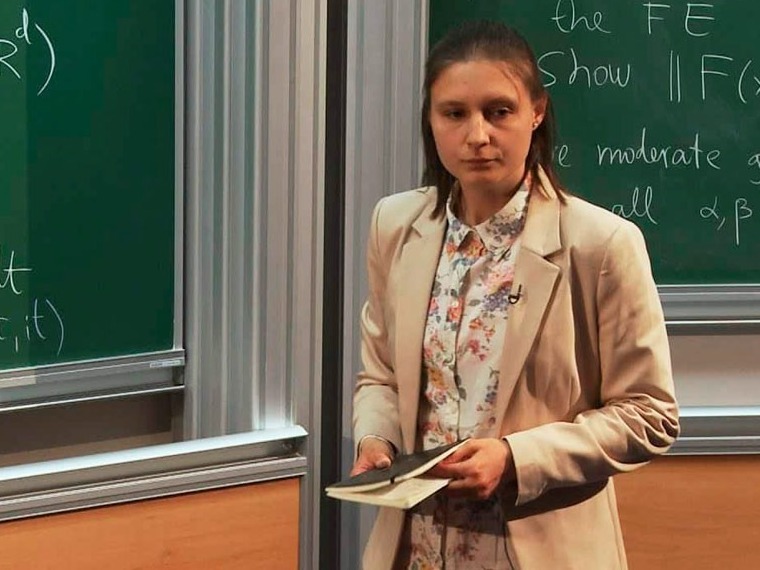
Profile
Maryna Viazovska was born on November 2, 1984 in Kyiv. She graduated from Kyiv Natural Science Lyceum No. 145. Despite the family dynasty of chemists, Maryna chose the Faculty of Mechanics and Mathematics of Taras Shevchenko National University of Kyiv. During her studies, she conducted scientific research on number theory and won prizes at the International Student Olympiad in Mathematics.
She completed her master's degree at the University of Kaiserslautern in Germany, and earned her doctorate in natural sciences at the University of Bonn, where the mathematical genius Don Zagier was her academic advisor.
In 2010, Viazovska defended her PhD thesis at the Institute of Mathematics of the National Academy of Sciences of Ukraine. Since 2016, she has been working at the École Polytechnique Fédérale de Lausanne (EPFL) in Switzerland, where she has held the Chair of Number Theory as a full professor. Maryna's awards include the Salem Prize (2016), the Clay Research Award (2017) and the SASTRA Ramanujan Prize (2017), New Horizons Prize in Mathematics (2018), the Fermat Prize (2019) and the Fields Medal (2022).
The scientist is married: her husband, her schoolmate Daniil Evtushinsky, is also a researcher at EPFL. The couple is raising a teenage son, Michael, and a young daughter, Sophie.
The woman is fond of running and drawing.
Marina graduated from the Faculty of Mechanics and Mathematics of Taras Shevchenko National University of Kyiv. She defended her dissertation on the topic "Inequalities for polynomials and rational functions and quadrature formulas on the sphere" at the Institute of Mathematics of the National Academy of Sciences of Ukraine.
She also earned a master's degree at the University of Kaiserslautern (Germany) and a doctorate (Dr. rer. nat.) from the University of Bonn. Her doctoral dissertation, Modular Functions and Special Cycles, concerns analytic number theory.
Big Science
In December 2016, Maryna Viazovska was invited to the École Polytechnique Fédérale de Lausanne (EPFL) in Switzerland. In a year, she held the Chair of Number Theory as a full professor at EPFL.
Six years ago, a breakthrough occurred in the scientist's career - she solved the well-known mathematical sphere-packing problem in dimension 8. This is one of the derivative problems formulated by the German scientist Johann Kepler four hundred years ago. The mathematical community recognized the contribution of the Ukrainian scientist with several awards, and in early July 2022, she won the Fields Medal.
When you solve a problem that you have worked on for two years, you feel an extraordinary high
— Maryna Viazovska
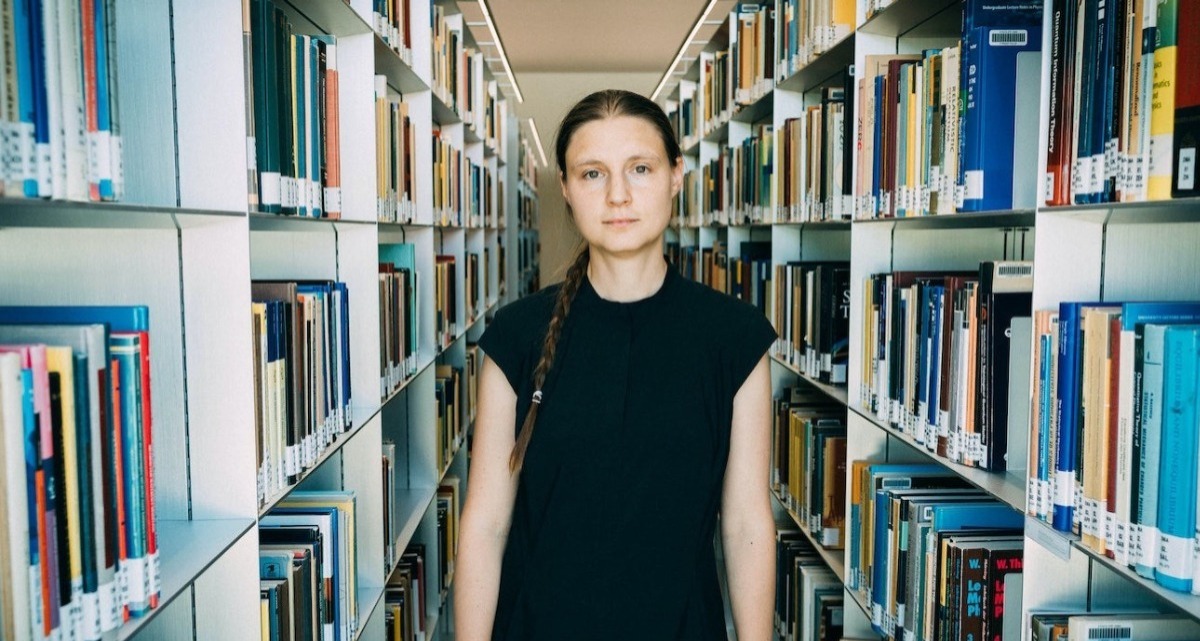
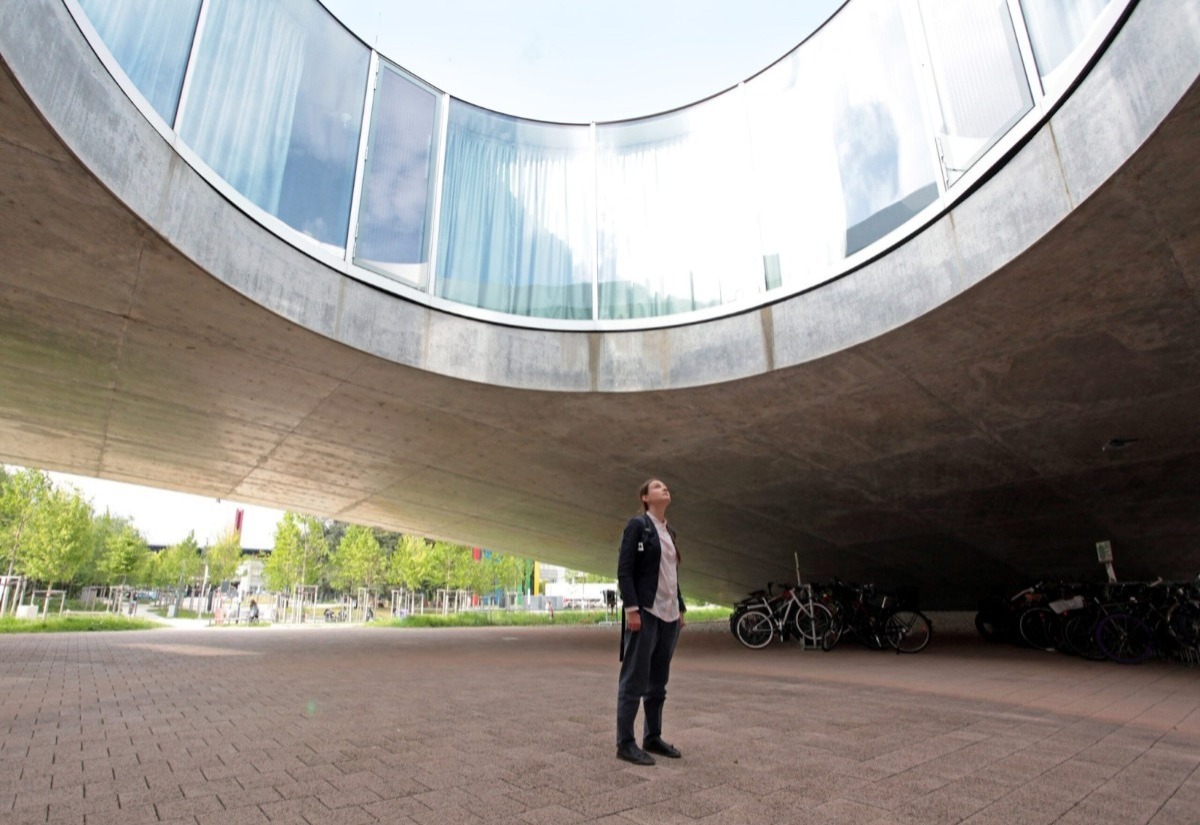
"Do you remember, there were such problems in the school geometry program,where you need to prove obvious statements? It was difficult to do. So I proved the obvious, at first glance, statement that the E8 lattice in dimension 8 and the Leech lattice in dimension 24 are really the best configurations of spheres and it is impossible to improve them... I liked this problem. This is also a certain point of risk: to decide which project to work on and which not to. There is no obvious answer. But I had the feeling that this problem could be solved," the mathematician shares details.
The content of the problem solved by Viazovska
Sphere packing is a problem of combinatorial geometry about arrangement of identical non-overlapping spheres in Euclidean space. In the late 1500s, it was offered to mathematicians to find a more efficient way to stack cannon shells on British warships. Astronomer Johann Kepler suggested that the densest way of packing spheres is already used when packing cannonballs and fruit: the first layer is laid out with spheres next to each other in the form of a hexagon, the second - in the depressions at the joints of the spheres of the lower layer, and so on. But the scientist could not prove his hypothesis, neither could Newton do it later. The problem was included in the list of 23 unsolved mathematical problems compiled by David Hilbert in 1900. The hypothesis was proved only in 1998 by the American scientist Thomas Gales with the help of 50 thousand lines of computer code. But this was a problem for three-dimensional space. Scientists Henry Cohn and Noam Elkies were engaged in packing in dimensions 8 and 24. They concluded that E₈ and Leech lattices would be optimal solutions. However, their calculations were accurate to 0.0001%. In 2016, the Ukrainian mathematician Maryna Viazovska found such an auxiliary function, which showed that there are no options for denser packing in 8-dimensional space. Her solution took only 23 pages. And the solution to the problem for dimension 24 was soon published in co-authorship with other scientists.
The world is not perfect
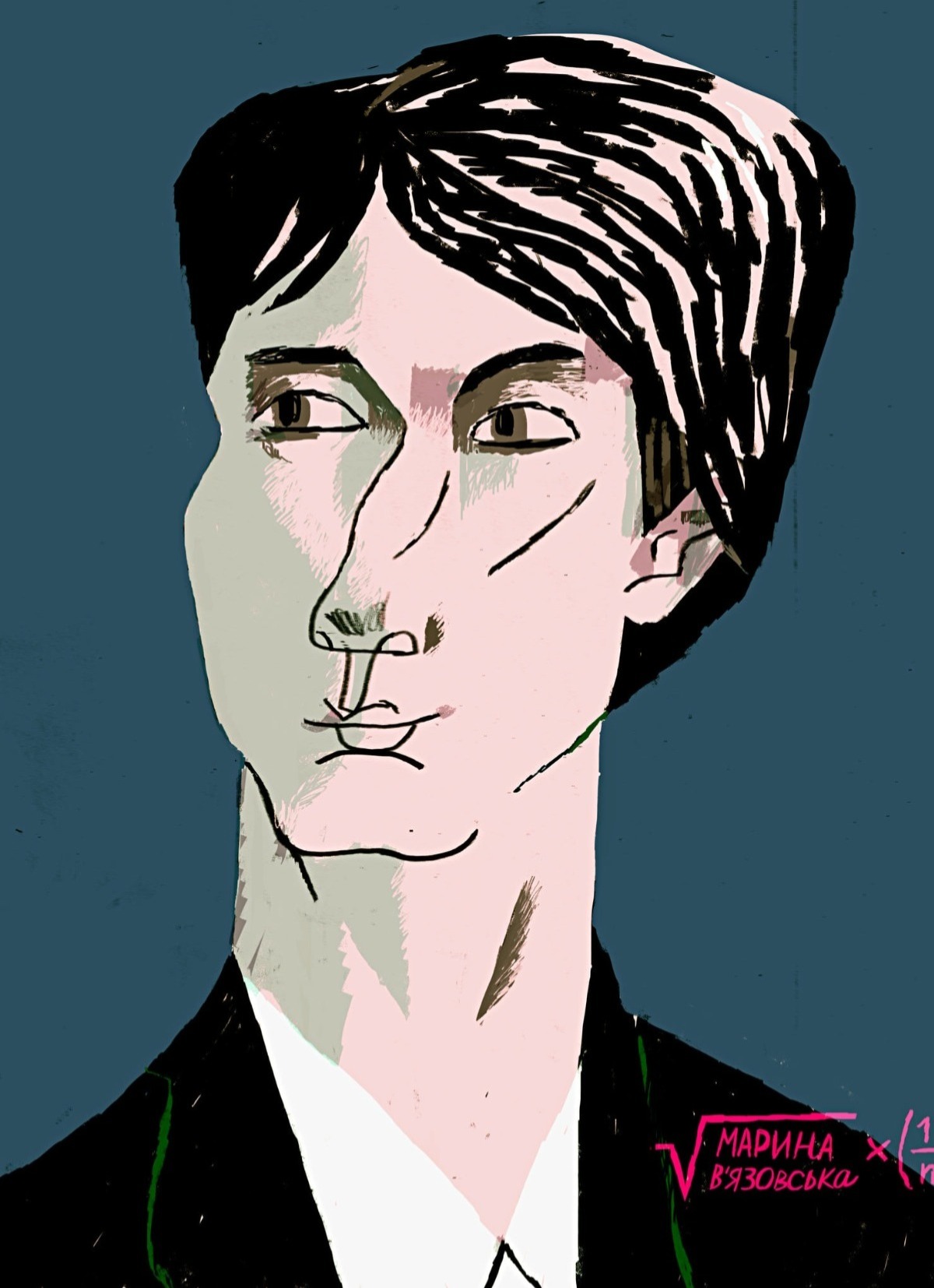
Portrait of Maryna Viazovska for STEM is FEM
The organizing committee of the Fields Prize recognized Viazovska's solution as "elegant". However, despite Maryna's numerous scientific achievements, her nomination and victory are rather an exception in the field of mathematics. When asked about the small number of women who received the Fields Medal, the Ukrainian answered: "Our world is not perfect, unfortunately. There is sexism and prejudice in it, all of which prevent women from working productively. In some aspects, life is more difficult for women than for men: birth of children, their upbringing... Being a woman is not easy. If we talk about science, there should be more women there."
To overcome the barrier of prejudice regarding the participation of women in science, there is an educational project STEM is FEM. It is designed to popularize STEM specialties among schoolgirls and female students, increase their interest in professions related to natural science, technology, engineering, and mathematics. Maryna Viazovska also took part in this initiative. This is her contribution to the education of the future generation of female researchers.
The female face of Ukrainian mathematics
"She is science" is an educational art project STEM is FEM, created with the support of the international organizations UN Women in Ukraine and the UN Children's Fund in Ukraine (UNICEF). Its purpose is to tell about the achievements of Ukrainian women scientists, to interest young girls in science, as well as to refute the myth that science is an exclusively male affair. As part of the project, five contemporary artists painted portraits of 12 Ukrainian female scientists, and schoolgirls and students from all over Ukraine took part in an essay contest about those figures. Maryna Viazovska was among the art figures. Her portrait is called "Enigma of 24-Dimensional Space". This is a direct reference to the work for which the mathematician later received a prestigious award.






